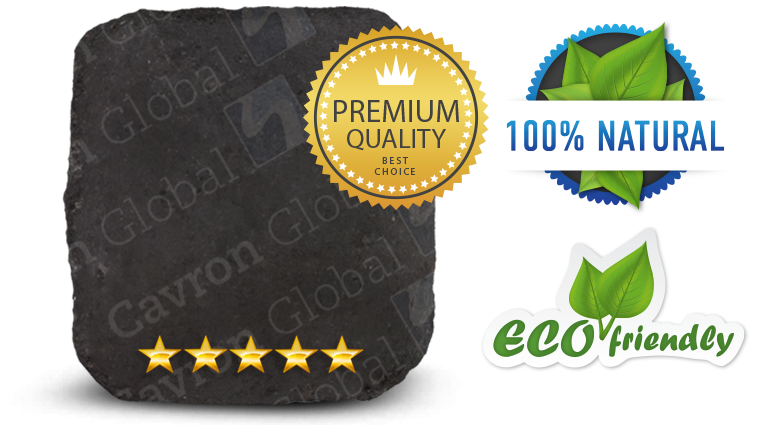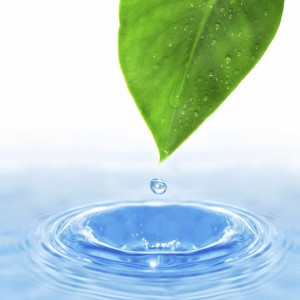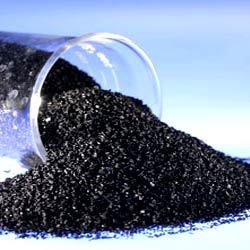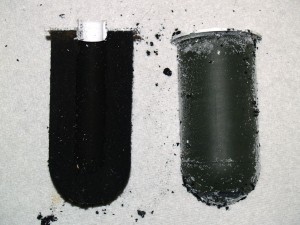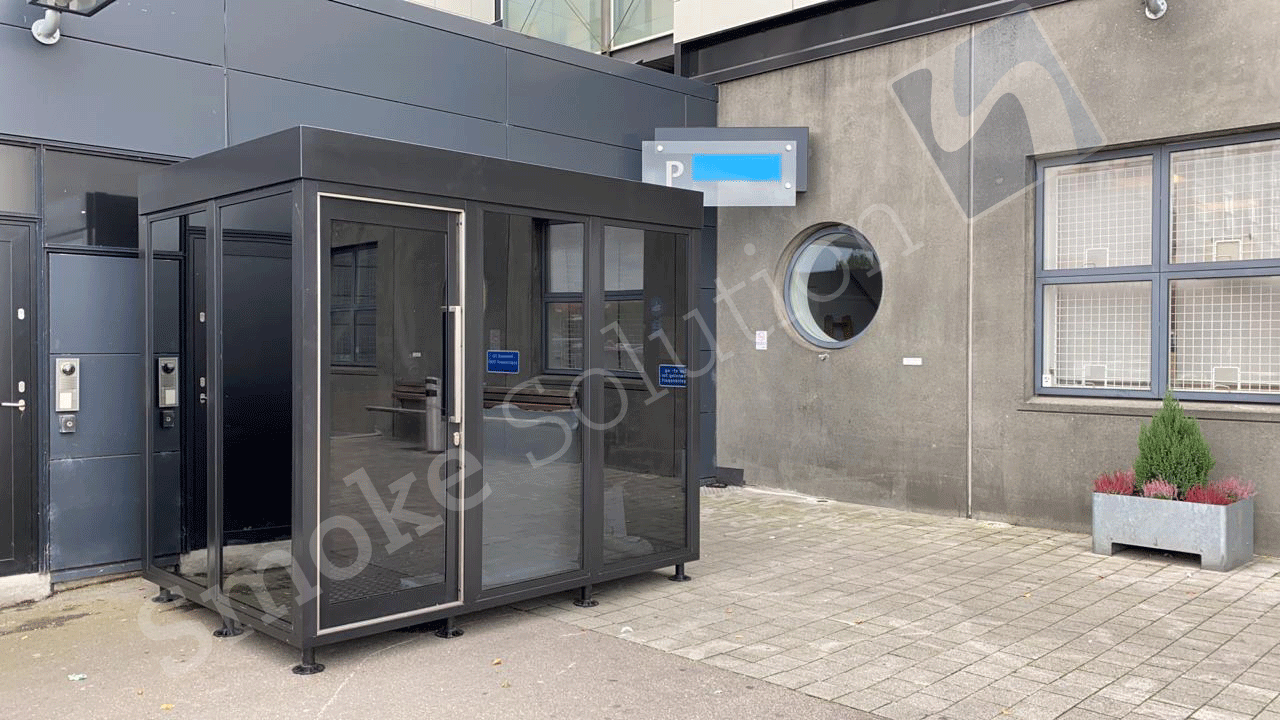
Activated carbon is carbon that has been treated with oxygen. After the treatment, millions of tiny pores are activated on the carbon’s surface. Amazingly, these pores are so numerous that a single pound of activated carbon may provide 60 to 150 acres of surface area to trap pollutants.
Once carbon has been activated, it can remove a bunch of airborne chemicals, for example, alcohols, organic acids, aldehydes, sulfur dioxide, sulfuric acid, and phosgene. It also removes odours, whether they are from humans or animals. It also removes perfumes, other household cleaning chemicals, and is especially good at removing volatile organic compounds (VOCs).
Activated Carbon and Filters
Activated carbon filters will adsorb even a small amount of almost all vapours and they have a large capacity for removing organic molecules like solvents. They can also simultaneously adsorb many different kinds of chemicals, making these filters very efficient. Activated carbon is very durable and non-toxic, so it can work in any temperature or humidity. These make it’s safe for people to handle. As an extra bonus, activated carbon is also relatively affordable.
The trick lies on adsorption – the process by which a gas bonds to the surface of a solid. In this case, the solid is the activated carbon. Air passes through the filter where airborne gases, chemicals, and odours produce chemical reactions with the surface of the carbon, effectively sticking to it. The clean air then flows out of the filter.
Activated carbon filters is analogous to a sponge. The more activated carbon in the filter, the more pollutants it can hold and the longer the filter lasts. The best and the most efficient filters include many pounds of activated carbon to ensure a longer life before the next replacement.
Need some fresh and clean air at home? It’s time to put a good activated carbon filter at your home.
